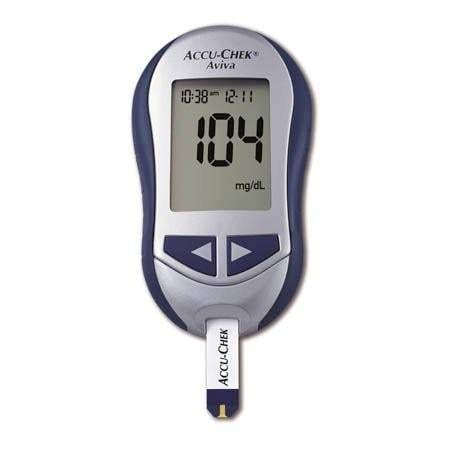A diabetic seizure can be a life-threatening event. As such, the more you know about this subject in advance the more likely you will be to know exactly what to do if one does occur. Being well-informed and prepared may save a life!
A diabetic seizure may result from excessively high blood sugar or excessively low blood sugar; as the best method is prevention, any person who has been diagnosed with high, low, or irregular levels of blood sugar should follow his or her physician’s recommendations for keeping the blood sugar level as stable and consistent as possible.
Although some patients and even some doctors disagree, there is not really much difference between a diabetic seizure and other forms of seizures, such as those which are caused by epilepsy. While the symptoms are generally the same, there is one very significant difference– the blood sugar irregularities which can cause a diabetic seizure can also cause the diabetic patient to lapse into a coma.
Some people take the subject of seizures lightly. This is a mistake! One reason why it is important to take a diabetic seizure seriously is that when a person is having a seizure he can accidentally injure himself. The two main forms of injury which often occur during seizures are injuries which can be either minor or major from the person falling or hitting his body against objects. The other common injury associated with seizures is that the person can bite his tongue; bleeding from this type of injury can be quite severe.
These reasons alone are just cause to realize that diabetic seizures have the potential of being dangerous. However, the possibility of the patient lapsing into a diabetic coma must also be considered. The main reason for seeing a diabetic coma as a serious threat to the patient’s health and possibly even his life is that the extent of damage caused by the coma cannot be known in advance. In addition to not being able to know how long a coma may last, there is no way to assess the degree of damage until the person has recovered from the comatose state. This state can lead to an extensive “list” of health consequences– including, but not limited to, anything from bed sores to brain damage. While the longer a person is in a comatose state the greater the chance of permanent damage, it should be obvious that doing all that one can to prevent a coma from occurring is certainly in a person’s best interest.
Diabetic Seizure – What To Do
If you notice the signs that a person is beginning to have a diabetic seizure, it is wise to take some specific steps immediately. If there is anyone else present who can do so, tell him to quickly call for an ambulance. While you are waiting for medical help to arrive, the two points which you should focus on are to prevent the person from injuring himself, and, if possible, to get glucose into his system. The latter can best be accomplished if the person still has his functioning abilities– it is essential to never attempt to get a person who is unconscious or approaching unconsciousness to drink anything or ingest glucose tablets! Move him away from objects which he can be hurt on if he falls, such as tables; if possible, provide a clear ground surface or a blanket.
